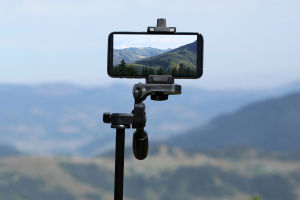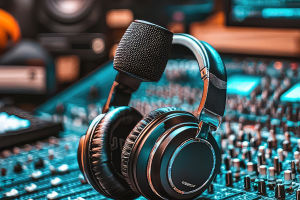Guitar Solo Magic
There's something about a guitar solo that grabs our attention instantly. Whether it's slow and emotional or fast and fiery, a solo lets the guitar speak its own language.
It can feel like a personal conversation between the musician and the listener. That's why solo guitar playing is more than just technique—it's pure expression. And some guitarists take this art form to unbelievable levels.
The Emotional Power of a Solo
A great guitar solo doesn't just show off skill—it tells a story. From soft fingerpicking to explosive string bends, each note has meaning. We feel the tension, the release, and everything in between. That's why even without lyrics, a solo can move us to tears or fill us with energy. It's music we don't just hear—we feel it.
Legends Who Changed the Game
Let's look at a few solo guitarists who left us in awe:
• Jimi Hendrix – Known for his wild creativity and mind-blowing solos, Hendrix turned the electric guitar into something magical. His version of “The Star-Spangled Banner” made the guitar speak in ways never heard before.
• Eric Clapton – With smooth bluesy solos full of soul, Clapton shows us that speed isn't everything—emotion matters more. Songs like “Tears in Heaven” and “Layla” are proof of his heart-driven playing.
• Eddie Van Halen – Famous for his two-handed tapping and blazing speed, Van Halen made guitar solos exciting and playful. His solo “Eruption” still inspires guitarists around the world.
• Andrés Segovia – On the classical side, Segovia brought classical guitar to concert halls worldwide. His playing is delicate, thoughtful, and beautifully complex.
• Emmanuel – A modern acoustic genius, Emmanuel plays melody, rhythm, and bass at the same time—all with just two hands. His solo performances are like full band concerts on one guitar.
Styles That Speak Differently
Not all solos sound the same. Each genre has its own flavor:
• Rock solos are often bold and explosive.
• Blues solos are slow, expressive, and full of bends and slides.
• Jazz solos mix improvisation with surprising twists.
• Classical solos follow strict structure but leave room for emotional detail.
• Acoustic solos highlight fingerstyle techniques and sound more raw and personal.
As listeners, we can explore these different styles to find what speaks to us most.
Solo Doesn't Mean Alone
Even though it's called a solo, the best performances still connect with others. Whether it's part of a band performance or a solo stage show, guitarists often interact with the crowd through their playing. The energy flows back and forth, making the experience unforgettable.
Learning from the Greats
If we're learning guitar, soloing can feel challenging—but also super fun. Watching legends play can inspire us, but we can also learn practical tips:
• Start with short, simple solos over a backing track.
• Focus on tone, not just speed.
• Practice vibrato and bending—they add emotion.
• Listen closely to how your favorite players phrase their notes.
• Try playing along with their songs to feel their rhythm.
Over time, we'll develop our own voice on the guitar.
Modern Players to Watch
Today's solo guitar scene is more diverse than ever. Artists like Sungha Jung, Mateus Asato, and Ichika Nito are using social media to share stunning solos with millions. They're blending genres, techniques, and styles in exciting ways—and inspiring a new generation of players in the process.
Who Inspires You?
Do you have a favorite guitar soloist who makes your jaw drop? Or maybe a solo that gave you goosebumps the first time you heard it? Share it with us, Lykkers! We'd love to hear which moments and players made you fall in love with the sound of six strings.
From stadium-shaking solos to quiet fingerstyle melodies, the art of solo guitar continues to evolve—and amaze. It's not just about fast fingers, but about storytelling through sound. So whether we're listening, learning, or playing ourselves, let's celebrate the beauty of guitar soloing, one note at a time.
-
 When Art Takes the StageWhat happens when art walks, speaks, or screams? Performance art defies norms, turning life into a raw, unforgettable show.
When Art Takes the StageWhat happens when art walks, speaks, or screams? Performance art defies norms, turning life into a raw, unforgettable show. -
 Artistic Phone PhotographyWant Stunning Photos with Just Your Phone? Master These Artistic Photography Tips Anyone Can Use!
Artistic Phone PhotographyWant Stunning Photos with Just Your Phone? Master These Artistic Photography Tips Anyone Can Use! -
 Anime Music MagicWhich Anime Soundtracks Became Global Hits? Discover the Tunes We Can’t Stop Listening To!
Anime Music MagicWhich Anime Soundtracks Became Global Hits? Discover the Tunes We Can’t Stop Listening To!
Contact to : xyjph123@gmail.com
Privacy Agreement
Copyright © boyuanhulian 2020 - 2022. All Right Reserved.
Privacy Agreement
Copyright © boyuanhulian 2020 - 2022. All Right Reserved.